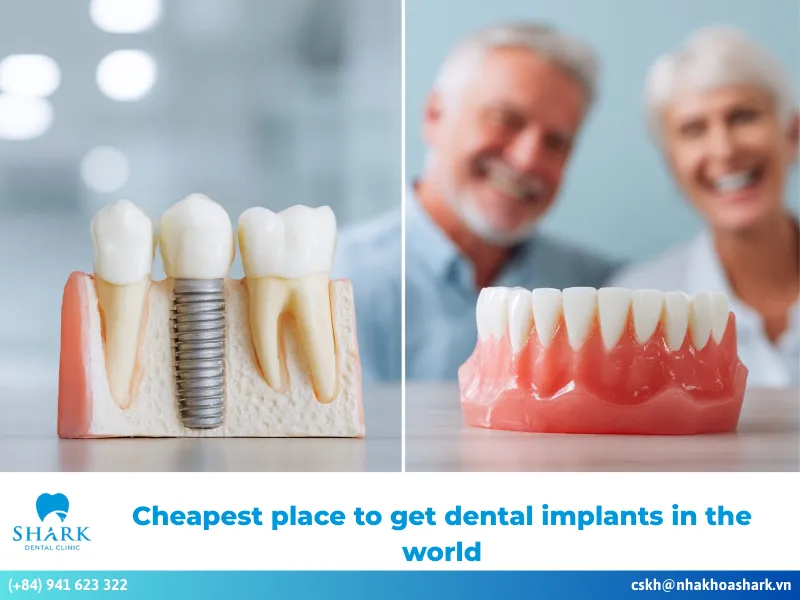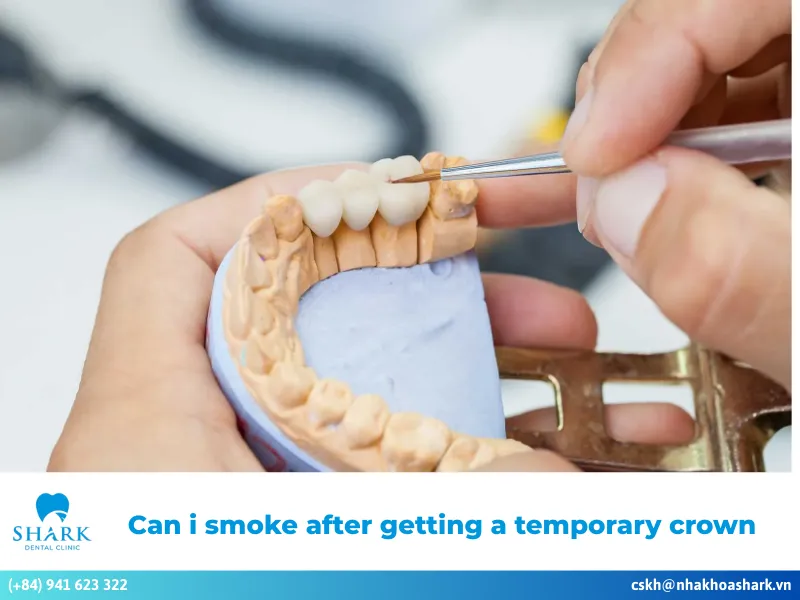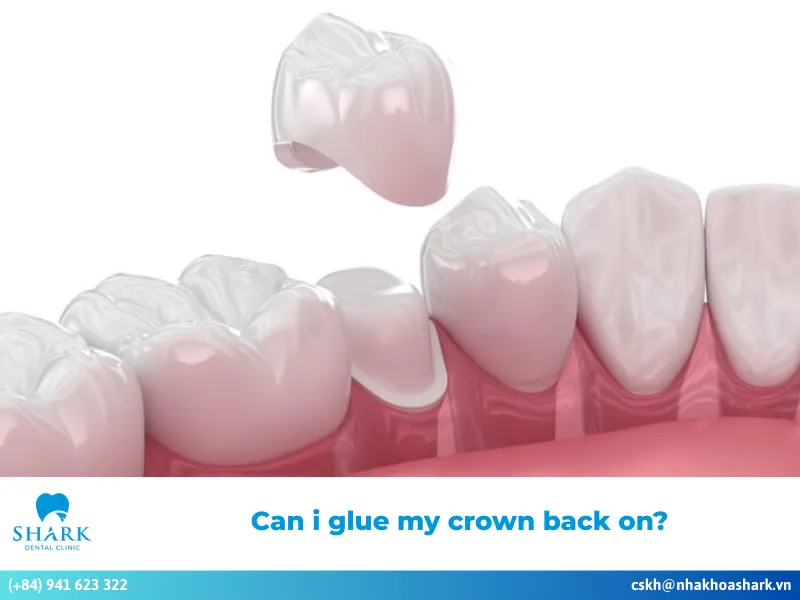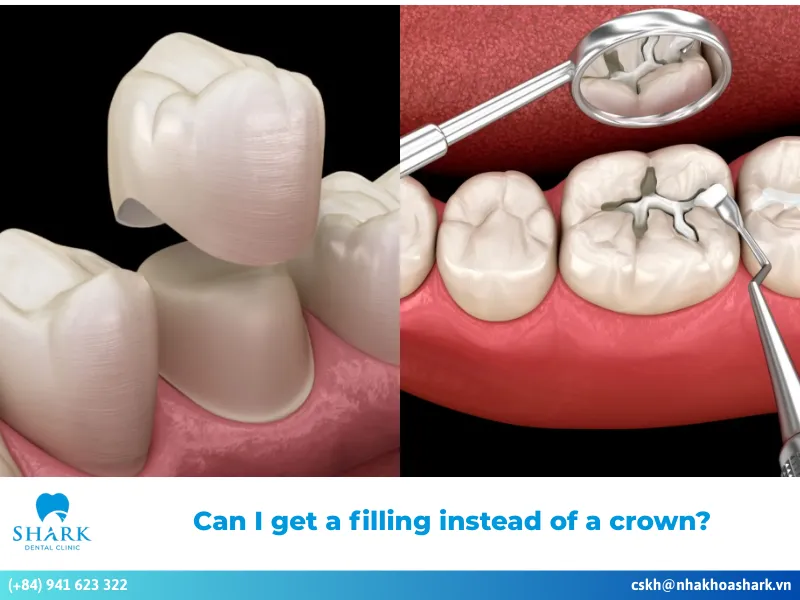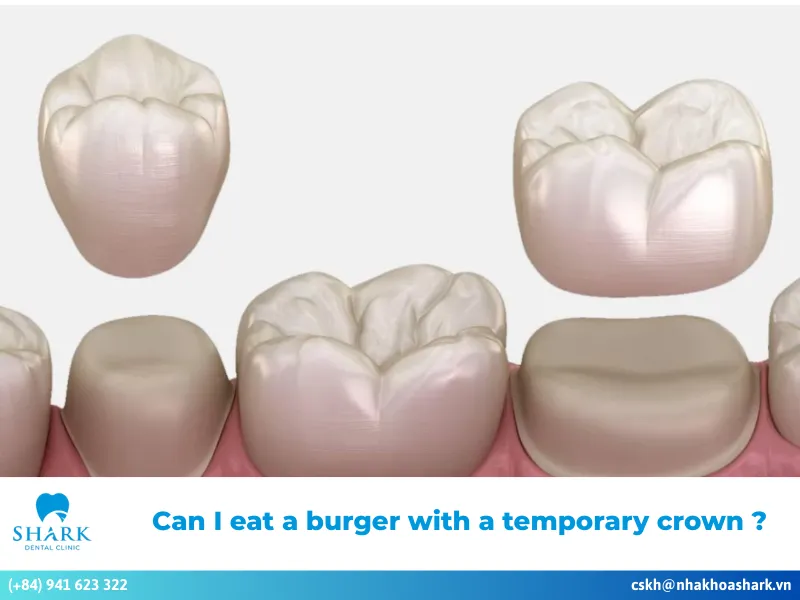Retainers are important orthodontic appliances that help keep teeth aligned and prevent them from moving out of place once treatment is completed. This article will answer common questions: What are the different types of retainers after braces? Do you have to wear retainers forever after braces? How long should you wear retainers after braces to maintain your results?
In this article, the dental experts at Shark Dental Clinic provide detailed answers and guidance to help you better understand retainers and how to care for your smile after braces.
What is a retainer after braces?
A retainer is an orthodontic appliance used after completing braces treatment. Its primary function is to maintain stability and prevent teeth from shifting following orthodontic work. Similar to aligner trays, a retainer is custom-designed to fit each person’s teeth and jaw structure closely, ensuring that the teeth remain in place during daily activities and eating.
After finishing braces, your dentist will recommend wearing a retainer for a specified period, depending on individual circumstances. The tissues and gums need extra time to restructure after braces treatment, so a retainer temporarily holds the teeth in position, playing a crucial role in maintaining orthodontic results.
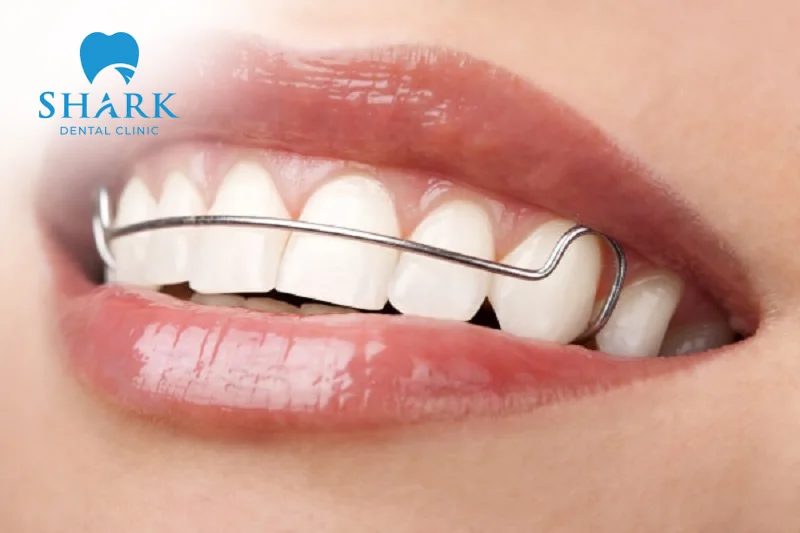
Why do you need a retainer?
After removing braces, the bone and surrounding tissues are not yet completely stabilized. Wearing a retainer offers several important benefits, including:
- Keeping teeth in a stable, balanced position.
- Helping the jawbone and gums adapt to the new structure for added firmness.
- Preventing misalignment and relapse.
- Protecting the results achieved from braces and ensuring aesthetic appeal.
The different types of retainers after braces
There are several types of retainers available, each with unique structures and characteristics. The appropriate type will be chosen based on your dentist’s recommendations.
Fixed Retainer
This type consists of a metal wire bonded to the inside surface of the front teeth. It continuously keeps teeth stable and prevents movement.
Advantages:
- Firmly attached, eliminating the worry of forgetting to wear it.
- Aesthetically discreet since it’s located on the inside of teeth.
Disadvantages:
- The metal wire can irritate the mouth and tongue.
- It can be difficult to clean, raising the risk of cavities.
- May cause discomfort while eating.
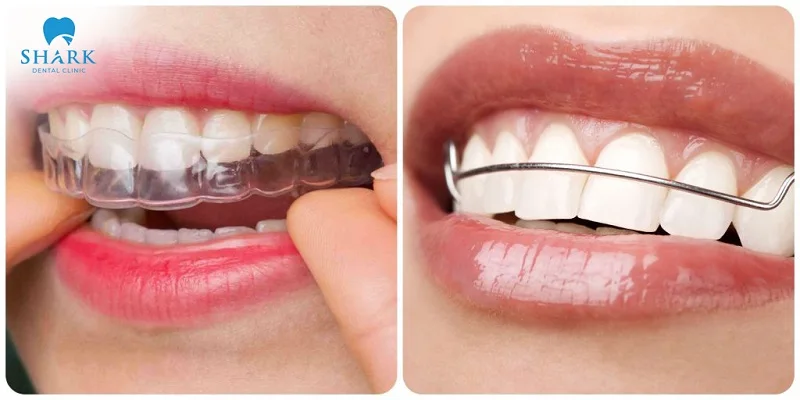
Removable Metal Retainer
This retainer is made from metal and hugs the front teeth and canines. It is attached to an acrylic plate on the palate or beneath the tongue, holding the teeth in place.
Advantages:
- Stable and durable, reducing shifting.
- Longer lifespan than other retainer types.
- Easy to remove for cleaning and eating.
Disadvantages:
- Might affect speech initially.
- Lower aesthetics as it is visible when speaking or smiling.
- May cause irritation in some cases.
- Bulkier than other retainers.
Removable Clear Plastic Retainer
Designed from transparent plastic trays, this retainer offers a variety of options for patients.
Advantages:
- High aesthetics, nearly invisible when worn.
- Thin, light, and comfortable.
- Convenient to remove and reinsert.
Disadvantages:
- Shorter lifespan, can crack or deform with heat.
- Cannot be adjusted if teeth shift.
- Prone to discoloration from food or drinks.
- Less effective in preventing teeth from shifting.
Combination Retainer
This type combines both fixed and removable retainers. A metal wire is bonded to the inside of the front teeth to keep them stable, while a removable retainer stabilizes the entire dental arch.
Combination retainers are effective for maintaining the position of teeth while providing additional support.
How long do you wear retainers after braces?
The duration for which you need to wear your retainer after getting braces depends on the condition of your teeth and the effectiveness of your orthodontic treatment. Specialists typically recommend wearing a retainer for a period ranging from 6 to 12 months, which can vary based on age and how well your braces worked.
In some cases, if your teeth are weak or tend to shift back easily, you may need to wear a retainer for life. Your orthodontist will evaluate your situation and recommend the appropriate duration for your retainer use, so you can feel confident in following their guidance.
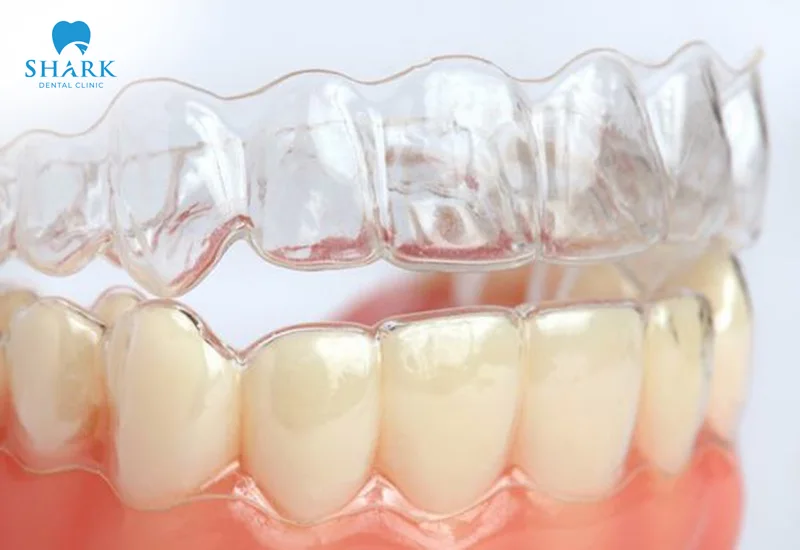
Retainer care and maintenance
To ensure your retainer functions effectively, it’s important to follow the care and cleaning instructions provided by your orthodontist:
- Step 1: Gather warm water, a soft-bristled toothbrush, cotton swabs, and a specialized retainer cleaning solution.
- Step 2: Rinse the retainer briefly with warm water, then use toothpaste and a soft toothbrush to clean its surface.
- Step 3: Use cotton swabs to remove any food particles that may be trapped in the small crevices of the retainer.
- Step 4: Soak the retainer in the cleaning solution for 5–10 minutes to eliminate bacteria.
- Step 5: Dry the retainer completely, allow it to air out, and store it in its case until the next use.
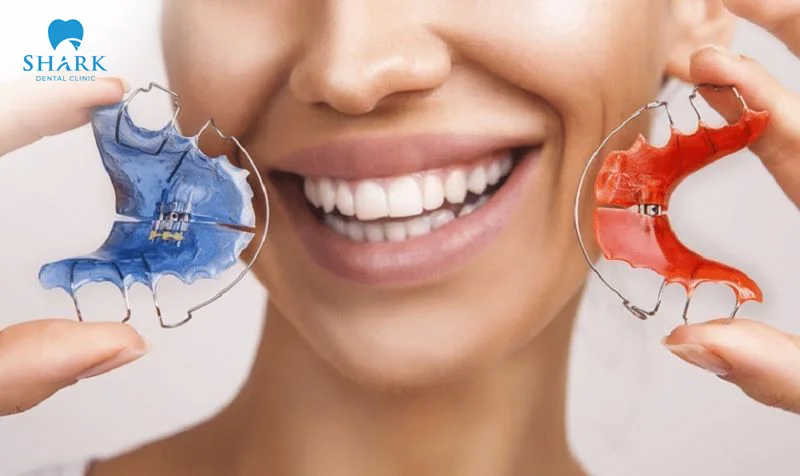
Common questions and concerns
Many patients have questions about wearing retainers after braces. Here are some of the most common:
What if I lose my retainer?
If you lose your retainer, contact your orthodontist immediately for advice and to arrange for a replacement as soon as possible. Without your retainer, your teeth may start to shift back to their original positions, jeopardizing the results of your orthodontic treatment.
How much does a retainer cost?
The cost of a retainer varies based on its type and the dental clinic. Generally, prices range from $50 to $1,000, depending on whether the retainer is removable or clear. To get an exact price, it’s best to visit a reputable dental clinic, where your orthodontist can evaluate your teeth and provide an accurate quote.
Do I have to wear a retainer permanently when I get my braces off?
You do not need to wear a retainer permanently. The needed duration varies based on the condition of your teeth. Most people will only need to wear a retainer for 6 to 12 months once their teeth have stabilized in the correct position. In rare cases, if teeth are particularly weak or affected by specific issues, your orthodontist may recommend lifelong retainer wear.
A retainer is an essential device that protects the results of your orthodontic treatment by preventing your teeth from shifting out of alignment. Wearing your retainer exactly as prescribed by your orthodontist and taking proper care of it will help ensure long-term stability and a beautiful smile.
Hopefully, this information helps you better understand the role of retainers and boosts your confidence in achieving a perfectly aligned smile.





